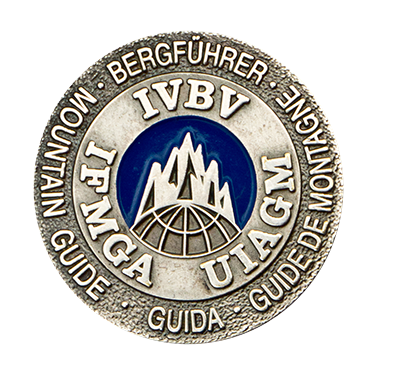Note: At the 2013 Southcentral Snow and Avalanche Workshop in Anchorage I participated in a panel discussion on Multiple Users on the Same Backcountry Slope. While this discussion came to no conclusions, it got me thinking and talking with other snow professionals about crowded ski slopes. Below is a roundup of my current thinking. This is a dynamic and subjective subject, so my thinking will change as I learn more. Please let me know if you have any thoughts or ideas.
Sometimes you need to remind yourself to seize the day, live and let live, and remember that (other than being safe), there are no rules. -Biff America
In the 1990s the backcountry ski slopes of Southcentral Alaska were quiet. Only a few dedicated pinheads skied the area’s road-accessible powder. Since then, the popularity of backcountry skiing has exploded. Now these slopes are often crowded and can become chewed-up crud a day after a storm.
While backcountry skiing keeps people fit and happy and powder is a renewable resource, problems can develop when skiers gravitate to the same backcountry slopes. Crowded slopes can lead to conflict and, more seriously, avalanche accidents. This is because the standard rules for backcountry decision-making do not apply to crowded slopes.
For starters, we've learned that mixing backcountry skiers with mechanized users creates conflict. Backcountry skiers are after solitude and tranquility, while snowmachiners and heli-skiers fundamentally create more noise and use more terrain. Machines aside, backcountry skiers have developed some standard ethics to avoid tension and accidents on crowded backcountry slopes. Some of these are common courtesy, others are critical for avoiding avalanche danger:
In avalanche terrain, don't ski down onto other parties.
In avalanche terrain, don't approach a slope if skiers are already skiing down.
Spoon tracks to conserve powder.
Save yelling for an avalanche.
Booters should make a separate track rather than boot up the skin track.
Build safe and efficient skin tracks for everyone:
Ascend on low angle terrain, away from avalanche runouts.
Keep the track angle low, for the weakest skinners and for when the track becomes hard packed.
Avoid kick turns by using natural benches to make rounded turns.
While these ethics help, they are not straightforward to apply. As the recent near-miss on Taylor Mountain (links below) shows, it becomes an ethical gray area as multiple groups ski the same backcountry slope. Another factor is that people differ in their concern for others and their ability to manage avalanche danger. Plus, this is public land–everyone has equal right to use it how they like. There are no rules for backcountry skiing and there is no single right way to do things. That's the beauty of backcountry skiing–you can do whatever you want, just as long as you don't hurt anyone.
Tincan is the most crowded backcountry ski hill in Alaska. If you don't like it, go somewhere else.
Perhaps the most fundamental way to help the flow and safety on crowded slopes is to manage yourself and act with humility toward others. Some people feel inclined to yell at others in an attempt to enforce backcountry ski ethics. Rest assured that backcountry yellers probably have backcountry burnout. They have been doing the same thing for too long. It's time for them to get out of their comfort zone and to travel to where they feel insignificant again.
Your job is to abide by backcountry ethics, not to enforce them. Do this by setting a good example and promoting avalanche education. Work around other skiers and have compassion. For example, consider that making a new skin track is easier than making a booter. It’s also easier than telling off a naive 19-year-old. On the other hand, a gentle reminder to a naive user could sidestep an accident. Should you say something or not? It's a difficult question, but in the end, an accident becomes everyone's problem.
Another point of contention on crowded slopes is interpreting snow stability. Perception of snow stability is often based on a skier's experience and risk acceptance. For example, a backcountry novice, fresh out of a Level One avalanche class, may be wary of any snow-covered slope over 25 degrees. On some days snow is stable and it doesn’t matter if someone is skiing down on top of you, but not everyone will feel the same way. Respect the comfort zones of other skiers. If you don't like crowds then go somewhere else. Lucky for us, 99 percent of Alaska's backcountry slopes are untracked.
Further Reading
Backcountry Skiers Code of Ethics, wildsnow.com, accessed July 20, 2015.
Being Polite in the Backcountry, wildsnow.com, accessed July 20, 2015.
From Freedom to Anarchy by Molly Loomis, Powder Magazine.
How to Call Out Backcountry Idiots WITHOUT Making them Feel like Idiots by Mikeynix, Biglines.com.
Managing Risk and Responsibility by Molly Loomis, Backcountry Magazine.
Taylor Musings by Lynne Wolf, The Avalanche Review.
Taylor Mountain Avalanche by Steve Romeo, TetonAT.com.
Time for a Backcountry Code of Conduct?, by Drew Hardesty, The Avalanche Review, February 2015.



